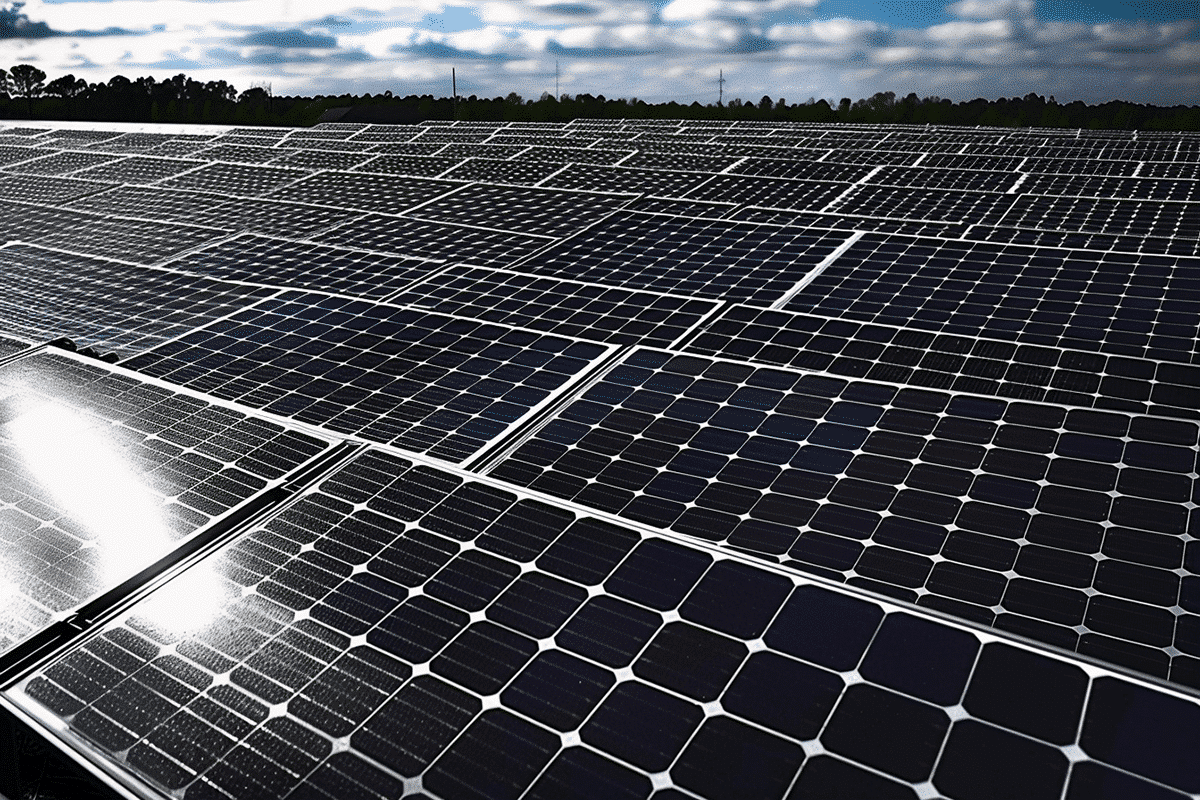In a groundbreaking development for global renewable energy, China has officially activated the world’s largest solar power plant. Spanning a vast 13,333 hectares in the desert expanses of northwest Xinjiang, this colossal facility has the capacity to generate 3.5 gigawatts of power, marking a significant milestone in the country’s energy sector.
The solar plant, located in the desert region of Ürümqi, the capital of the Xinjiang Uyghur Autonomous Region, is designed to produce approximately 6.09 billion kilowatt-hours (kWh) of electricity each year. To put this in perspective, the output from this single facility is sufficient to meet the entire electricity needs of a small country, comparable to nations such as Cameroon or Laos, or even US states like Vermont or Alaska.
This achievement is part of China’s broader push into renewable energy, which has seen an extraordinary surge in investment. Reflecting on the scale of advancement, 2023 witnessed China commissioning as much solar power as the entire globe did in the previous year. This rapid expansion is aligned with global efforts to mitigate the impacts of climate change and to move towards an environmentally sustainable future.
Despite being the world’s largest emitter of carbon due to its immense population and industrial base, China has shown promising signs of progress in reducing its carbon footprint. Reports indicate a significant drop in carbon emissions, the first in over a year, suggesting that the peak in emissions may have been reached. This is a hopeful sign as experts believe that China is on track to meet its declared goal of achieving a peak in emissions by no later than 2030.
Looking ahead, the International Energy Agency has projected that almost half of China’s electricity generation will come from renewable sources by 2030. The ongoing development of solar and wind farms, especially in regions like Xinjiang, underscores this prediction. Xinjiang, while known for its rich oil and mineral resources, is increasingly being recognized as a key hub for renewable energy production. The region’s sparse population combined with abundant sunlight and wind makes it an ideal location for large-scale energy projects.
The strategic decision to invest heavily in renewable energy not only aligns with China’s environmental goals but also with its commitments on the international stage. By 2060, China aims to reach net-zero emissions, a target that will require a steadfast dedication to renewable energy and technological innovation.
As the global community continues to face the urgent challenges posed by climate change, China’s latest move to power up the largest solar plant in the world not only showcases its capability to lead by example but also offers a beacon of hope for future energy solutions. The shift towards renewables, as demonstrated by China, serves as a pivotal strategy in securing a sustainable and stable environmental future. This development not only helps in reducing the reliance on fossil fuels but also in fostering a resilient global community prepared to tackle the climate crisis head-on.




